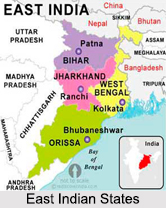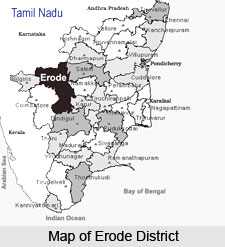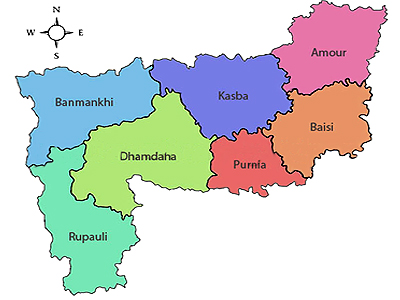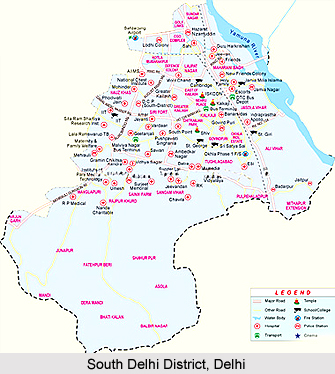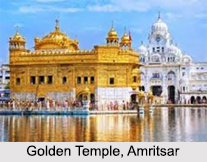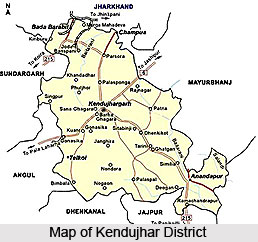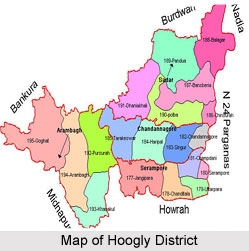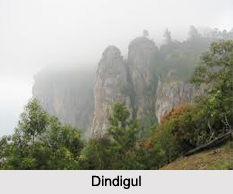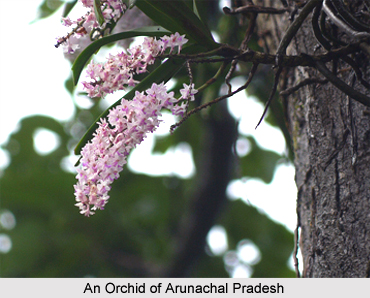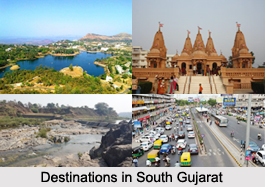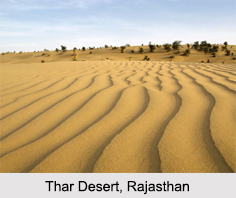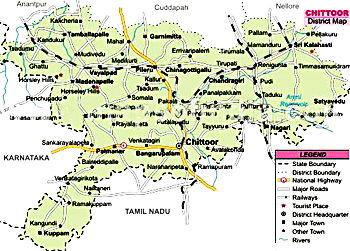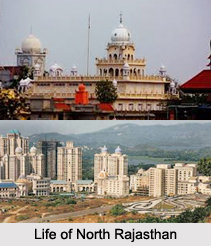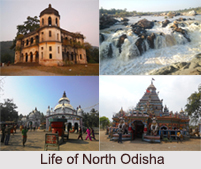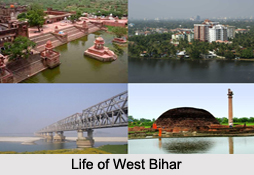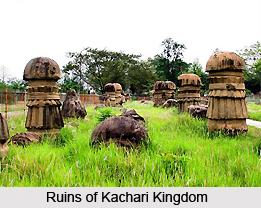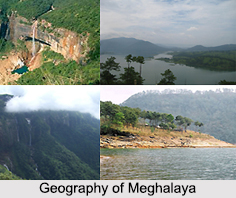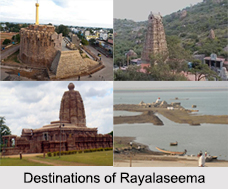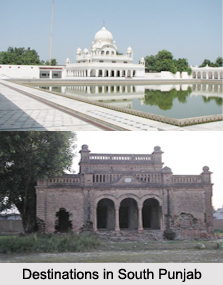 Sriniketan is located in the Bolpur sub division of Birbhum District in West Bengal. This place of autumnal colours is prominent for one who finds his or her abstract life in midst of "jhijhipoka".
Sriniketan is located in the Bolpur sub division of Birbhum District in West Bengal. This place of autumnal colours is prominent for one who finds his or her abstract life in midst of "jhijhipoka".
Sriniketan has a latitudinal and longitudinal extent of 23.66 degree north to 87.66 degree east. It has an average elevation of 49 metres.
In the year 1912, one of the greatest Bengali litterateur and the Noble Laureate Rabindranath Tagore bought a large manor house with surrounding lands in Surul, which is about 3 kilometres from Santiniketan, from the Zamindar of Raipur.
History of Sriniketan
Rabindranath Tagore set up the Institute of Rural Reconstruction in the manor house, in 1922 with Leonard Knight Elmhirst as its first Director. Rathindranath Tagore, Santosh Chandra Mazumdar, Gour Gopal Ghosh, Kalimohan Ghosh and Kim Taro Kasahara joined Elmhirst to advance the rural development in undivided Bengal.
The second but contiguous campus of Visva Bharati was subsequently located around the same place Sriniketan in the year 1923. Silpa Bhavana at Shantiniketan had already started training in handicrafts. Sriniketan took over the work with the objective of bringing back life in its completeness to the villages and help people develop both sociologically and economically, instead of solution being imposed on them from outside. An emphasis was laid on a scientific study of the village problem before a solution was attempted.
In consonance with such ideas about reconstruction of village life a new type of school meant mainly for the children of neighbouring villages, who would eventually bring the offering of their acquired knowledge for the welfare of the village community, was also conceived.
Education in Sriniketan
Siksha-Satra is the rural school for the villagers, set up at Santiniketan in 1924 but shifted to Sriniketan in 1927. The Loka-Siksha Samsad an organisation for the propagation of non-formal education amongst those who had no access to usual educational opportunities. It was started in the year 1936. Siksha Charcha for training village school teachers followed next year. In the year 1963, an agricultural college was set up in Sriniketan and in 1977 Rural Research Centre was set up. From that time Sriniketan is positioned as an example for eco tourism and the rural town mirroring the rich cultural heritage of Bengal.
